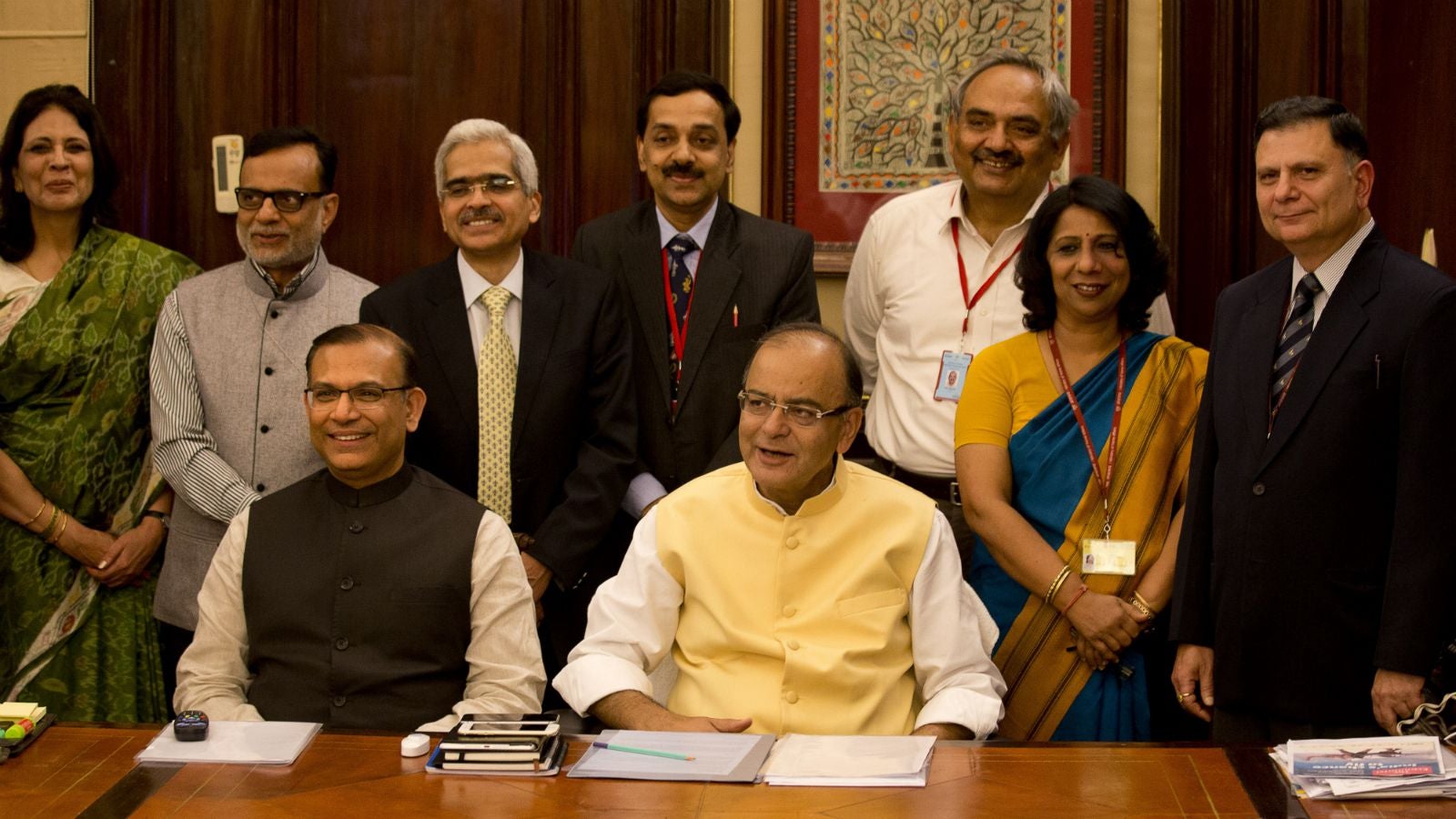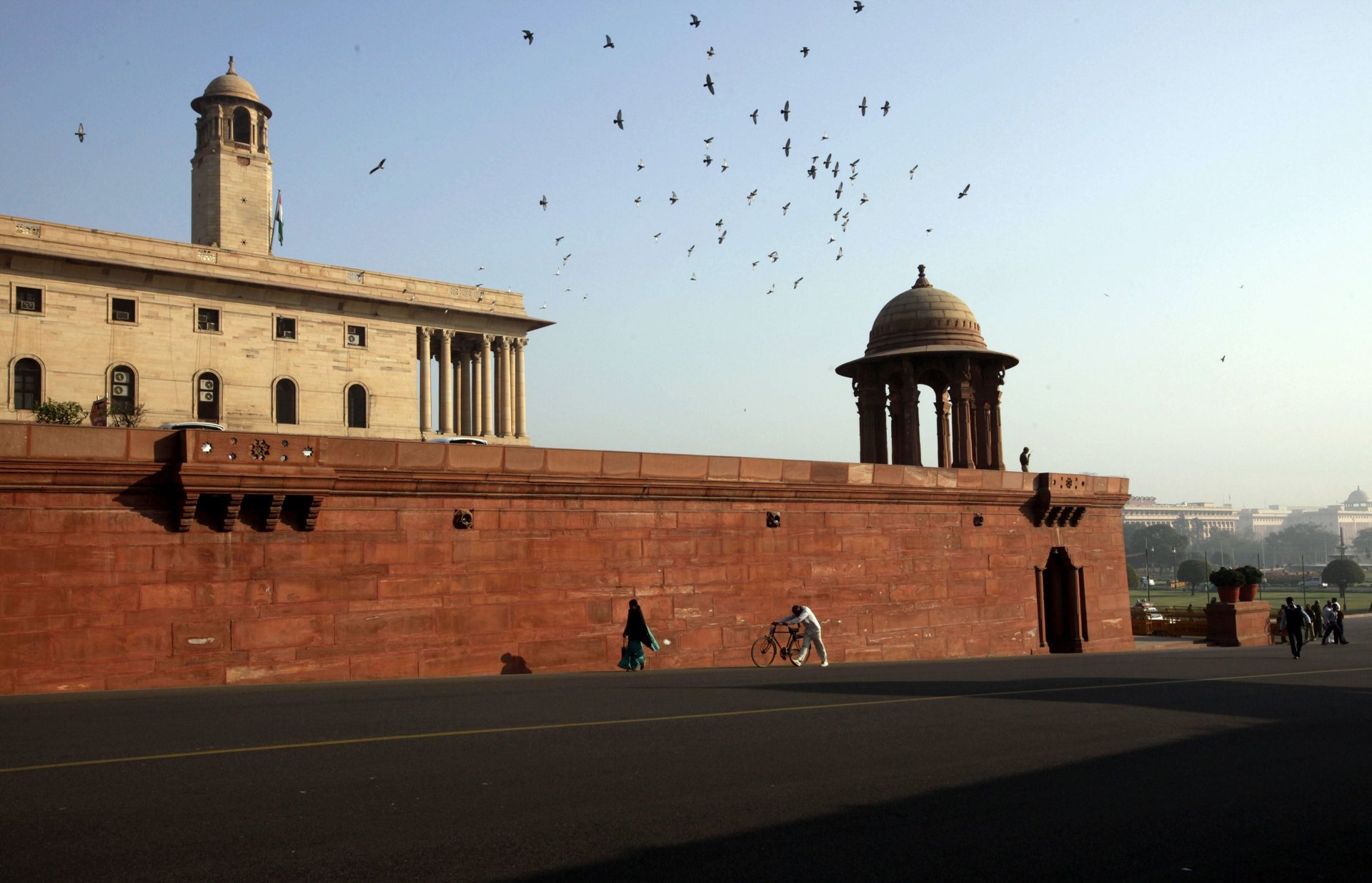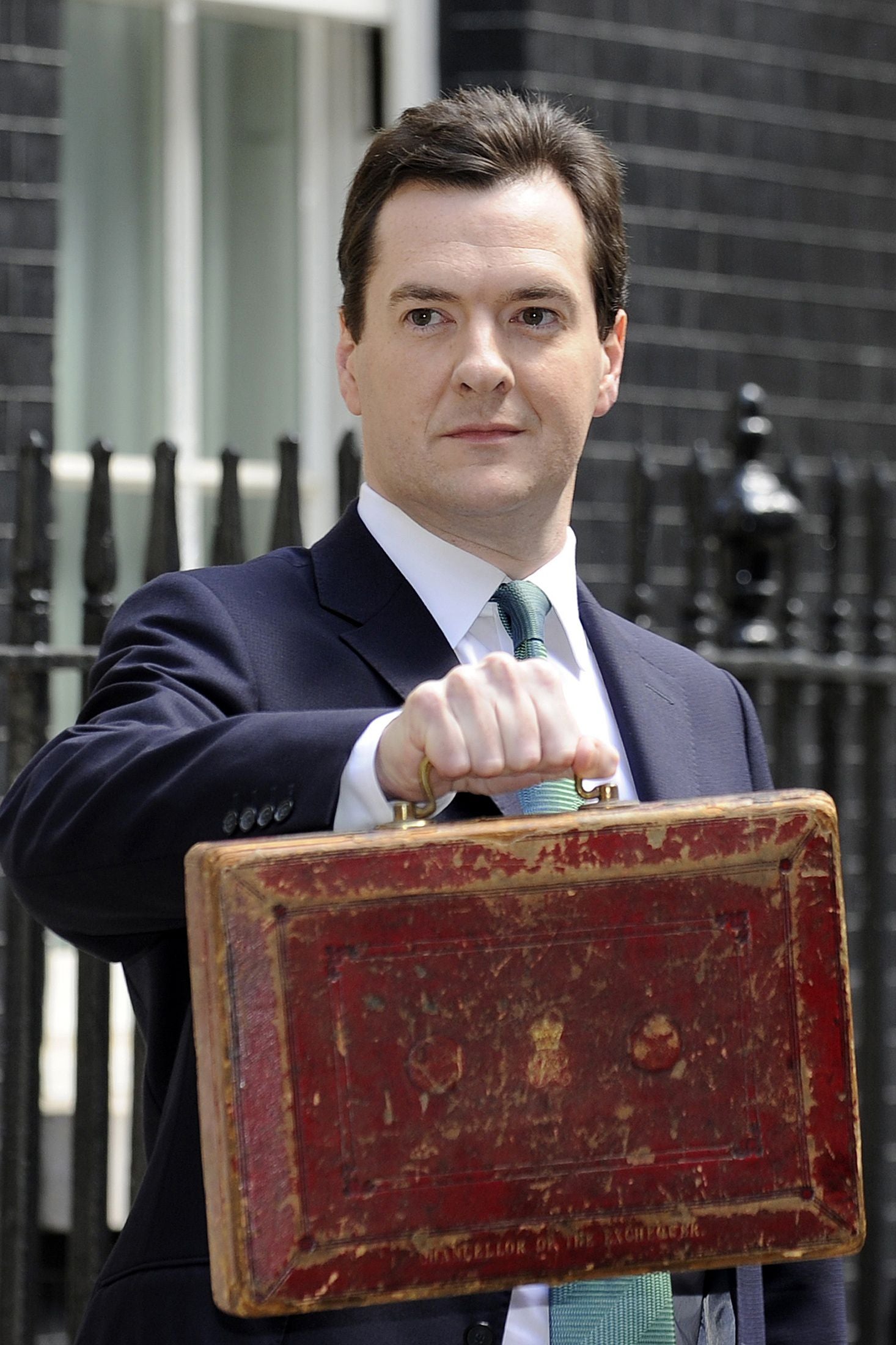Every Indian budget begins with a dish of halwa—and a few other quirks
India is a country obsessed with rituals.


India is a country obsessed with rituals.
And the government does not fall far behind, even when it comes to making the country’s most important financial document—the budget.
Here are a few rituals that lighten up the sombre mood in the run-up to the budget day.
Dessert kickoff
Halwa is a popular Indian dessert made of semolina and sugar. And the process of printing documents for the budget begins with preparing halwa. The dessert is served to all the employees in the finance ministry, in a ceremony that is attended by the finance minister. With that celebration done, over one hundred members of the finance ministry descend into the basement of the North Block.
Basement jamboree

The budget printing process is one of India’s most secretive operations.
For about 10 days—but only after the “halwa ceremony” is completed—employees who are a part of the budget-making process are locked up in a basement, only to emerge once the finance minister presents the budget in the Lok Sabha.
During this entire time, these officials are not permitted to use their mobile phones or any other forms of communication. The basement has one telephone line, which can only receive calls. The documents are guarded so closely that these employees typically don’t talk to their families for the duration of the lock-up. All communication is in the presence of an intelligence officer.
Secret sheet
It’s called the “blue sheet” simply because it’s a blue sheet of paper—and it is the most guarded piece of paper out of all the budget documents.
The “blue sheet” contains key numbers for the budget, which are constantly updated, and forms the bedrock of the calculations that drive the entire economic planning process. It is entrusted in the care of only one finance ministry mandarin—joint secretary, budget—who cannot let anyone, not even the finance minister, carry it out of North Block. And during the entire budget-making process, it is only a handful of the finance ministry brass who get to see this fabled sheet.
The briefcase

The finance minister’s accessory to carry the budget documents has long been the humble leather suitcase.
In British parliamentary parlance, it is called the “budget box,” which is handed down from finance minister to finance minister till it becomes a battered mess of its original self—and is finally replaced.
In New Delhi, however, the tradition is followed somewhat half-heartedly. The finance minister does carry a suitcase to parliament on budget day—and newspaper front pages the day after stand witness—but it isn’t handed down. Nonetheless, the finance minister posing with it on the stairs of Parliament has become a celebrated budget ritual.
Budget day runaround
The day begins early for most members of the finance ministry’s budget division—and ends rather late.
The finance minister leaves the North Block around 9am, and heads to the Rashtrapati Bhawan, where the minister and his team brief the president on the broad contours of the budget. Next, the retinue goes to parliament, where the finance minister meets the prime minister and his cabinet. Here, too, a briefing provides the outline of the budget. All briefing notes are taken back from the ministers and counted.
Then, the prime minister accompanies the finance minister to the Lok Sabha to present the budget.